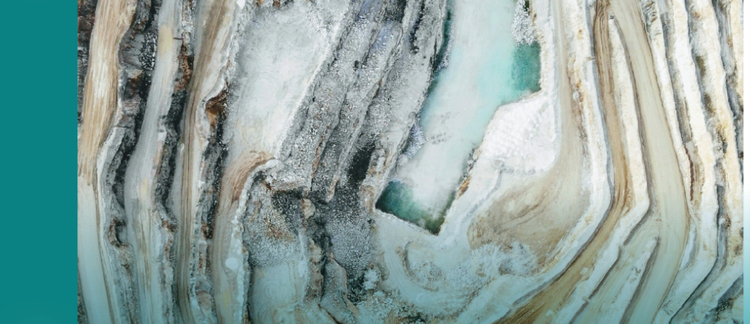Abstract
Early colonial maps depicted the ocean as an empty expanse over which maritime routes crisscrossed. This conceptualisation of the ocean sought to legitimise the brutal and unlawful invasion of the continent now known as Australia. By the 20th century, bathymetric maps shifted the colonial gaze from the horizon to the ocean's depths, imagining the seabed as the next frontier for mining and petroleum extraction. Examining both colonial cartography and contemporary bathymetry, this article argues that, despite differences in representation, these maps similarly work as a weapon of colonialism to assert colonial law and, in turn, authorise relations of extraction. By critically engaging with the ways maps shape a colonial vision of the world, it is my hope that we can begin to challenge and unsettle these colonial perspectives, moving toward accountability for the violent consequences of these ways of seeing.
How to Cite:
Jama, K., (2025) “Vision of Extraction: Maps, Law and the Ocean”, Law Text Culture 28(1), 75–99. doi: https://doi.org/10.14453/ltc.1716
Downloads:
Download Manuscript
View PDF
396 Views
59 Downloads

